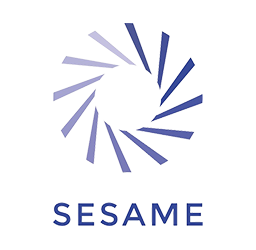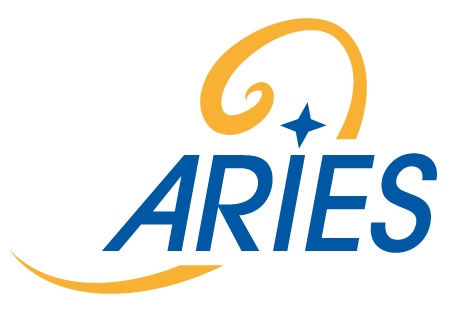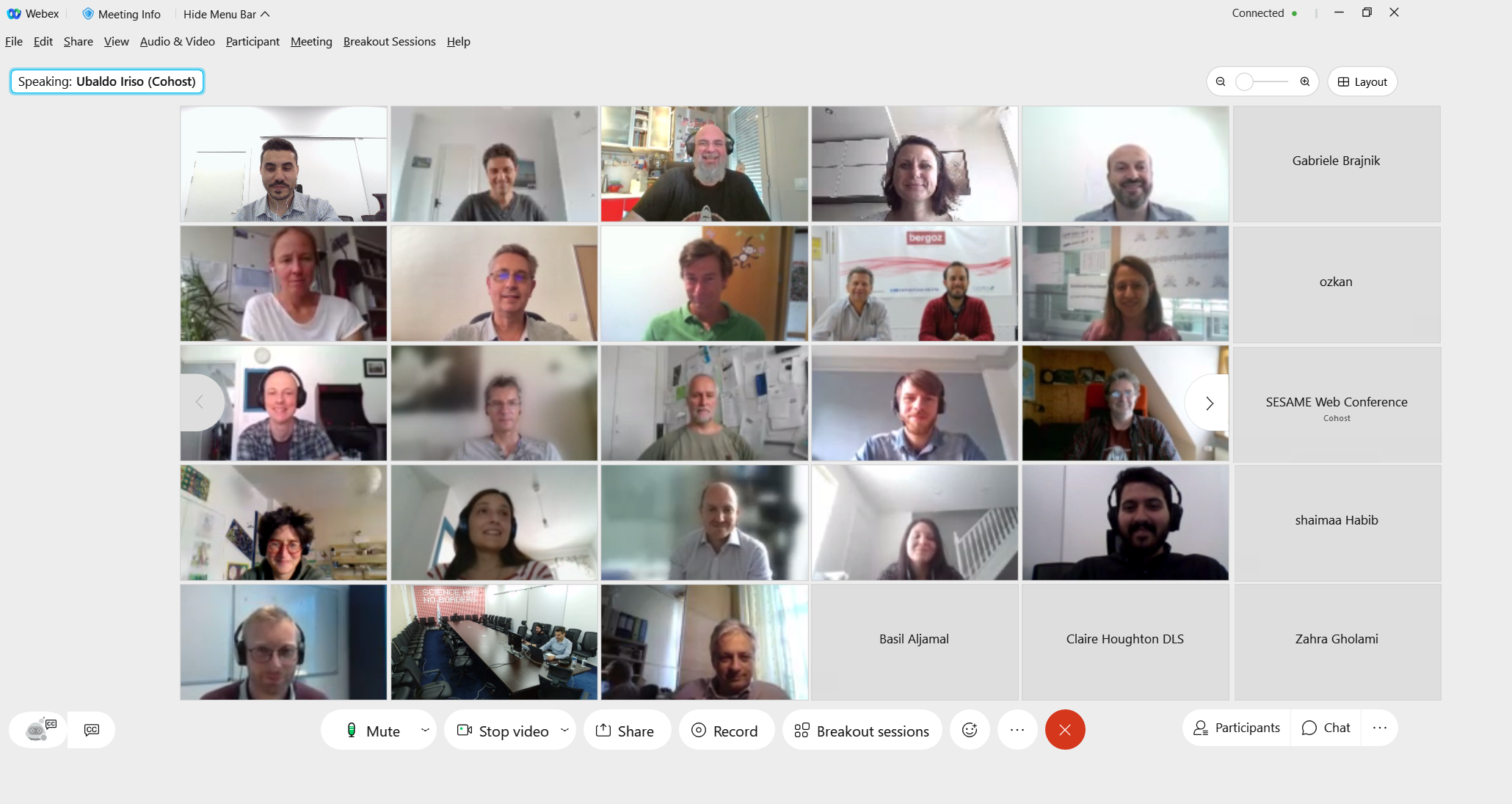DEELS 21- Diagnostics Experts of European Light Sources 2021
→
Europe/Zurich
Virtual- Webex Platform
Virtual- Webex Platform
,
Description
SESAME is pleased to announce the 8th Workshop of Diagnostics Experts of European Light Sources (DEELS), which will be held as an online version on July 7th-8th, 2021.
DEELS is a yearly workshop where the diagnostics community gathers together to discuss common problems, share new developments, and enhance synergies between different facilities.
There is no registration fee for the workshop, however; participants need to get registered in order to have access to the Webex online platform.
DEELS is supported by the Work Package 8.4 called “Advanced Diagnostics for Accelerators” (ADA) within the ARIES network.
Links to previous DEELS editions:
- 2020, 7th DEELS @ Elettra (Virtual)
- 2019, 6th DEELS @ ESRF
- 2018, 5th DEELS @ DLS
- 2017, 4th DEELS @ SOLEIL
- 2016, 3rd DEELS @ DESY
- 2015, 2nd DEELS @ ALBA
- 2014, 1st DEELS @ ESRF




Contact
Participants